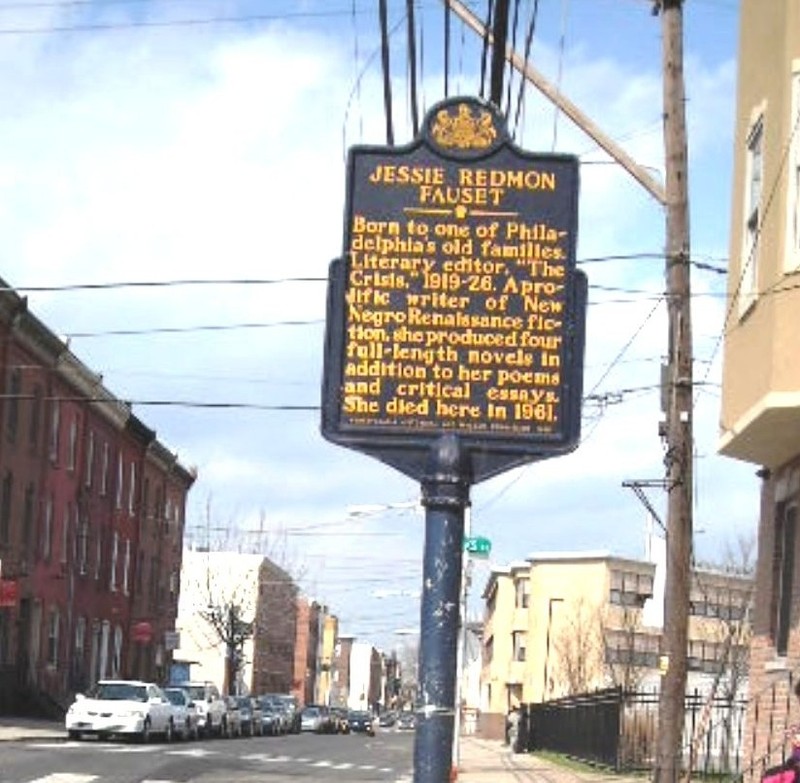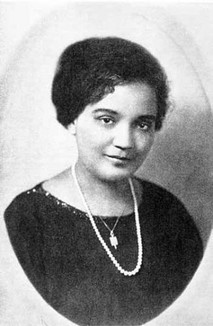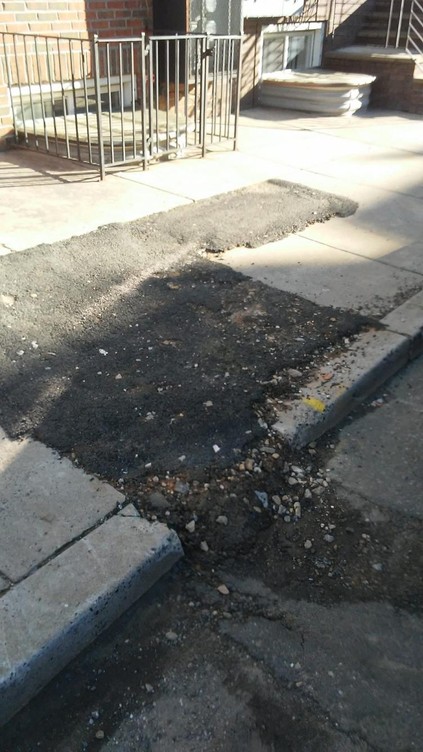The Missing Historical Marker of Jessie Redmon Fauset
Introduction
Text-to-speech Audio
Images
Historical Marker for Jessie Redmon Fauset

Jessie Redmon Fauset

Fauset's missing historical marker now covered in Black asphalt

Backstory and Context
Text-to-speech Audio
Jessie Redmon Fauset was born in Philadelphia and the 7th child of Annie Seamon Fauset and Redmon Fauset. Fauset graduated with honors from the prestigious Philadelphia High School for Girls in 1900. She was the only Black student in the school and received a scholarship to Cornell University. She graduated Phi Beta Kappa from Cornell with a major in classical languages from the University of Pennsylvania with an M.A. in French. She taught Latin and French for one year at Douglass High School in Baltimore and then taught in Washington, DC at Dunbar High School from 1916-1919.
From 1919 to 1926 she served as the literary editor of "The Crisis" under "W.E.B Du Bois." 58 of her 77 published works first appeared in the Crisis. Fauset was slightly older than other writers who were part of the Harlem Renaissance and this may have inspired her stance as somewhat more cautious in her style of writing. At the same time, she chose difficult topics for her fiction and challenged the preconceptions of the publishing industry.
Fauset's first novel "There is Confusion" was celebrated and she also nurtured fledgling writers. Noted for her work, she also worked to teach Black children pride in their heritage and to encourage their creativity, she helped and edited a monthly children's magazine called the Brownies’ Book which was published from 1920–1921.
In 1929, Fauset married an insurance broker and World War I veteran named Herbert Harris, and they lived with her sister in Harlem until 1936. the couple moved to New Jersey in the 1940s. In 1949, Fauset briefly served as a visiting professor at Hampton Institute and taught for a short time at Tuskegee Institute. After her husband died in 1958, she moved to her half-brother's home in Philadelphia.
On April 30, 1961, Fauset died in North Philadelphia. A marker was not dedicated there because the home is gone and little remains in the area. Instead, a marker honoring her was dedicated in 1993 across from George Washington Carver High School for Engineering and Sciences. The marker disappeared before 2014, probably as part of the demolition and subsequent construction of Temple Villas apartments behind where the marker stood. Neither the city nor the Pennsylvania Historical and Museum Commission, which authorizes and maintains the historical markers, know the current whereabouts of the Jessie Fauset historical marker.
Sources
Morfe, Don. Jessie Redmon Fauset. The Historical Marker Database. May 05, 2015. . https://www.hmdb.org/marker.asp?marker=82986.
Jessie Fauset: Harlem Renaissance. BHA. . . http://www.myBlackhistory.net/Jessie_Fauset.htm.
